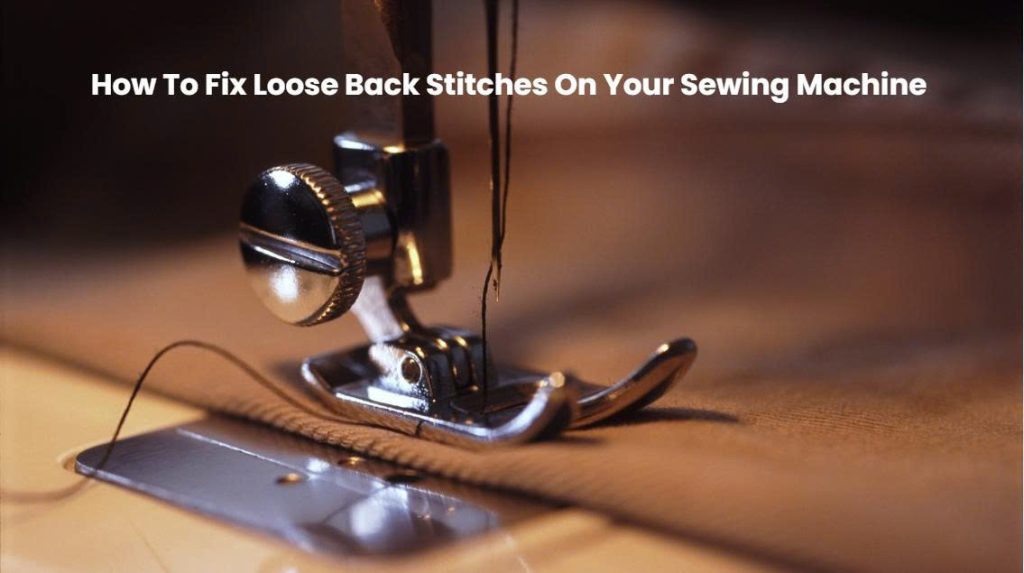Blog
How To Fix Loose Back Stitches On Your Sewing Machine
A neat, secure back stitch is essential for creating durable seams. However, when your sewing machine produces loose back stitches, it can compromise the strength and appearance of your work. This common issue is often linked to incorrect tension, poor threading, or needle problems. The good news? With the right troubleshooting steps, you can quickly get your machine running smoothly again.
This guide explains the main causes of loose back stitches and offers practical solutions to fix them.
What Are Loose Back Stitches?
Loose back stitches occur when the upper and bobbin threads fail to interlock properly, creating uneven loops or slack in the stitch. This can make seams weak or untidy. Usually, the problem arises due to threading mistakes, misadjusted thread tension, or issues with the needle plate. Before making any adjustments, always refer to your machine’s manual to verify proper threading.
Common Causes of Loose Back Stitches
1. Incorrect Thread Tension
Thread tension plays a critical role in forming balanced stitches.
Don’t forget that bobbin tension also matters. If the tension screw on the bobbin case is too loose or too tight, the stitch may not lock correctly.
2. Improper Upper Threading
If the top thread isn’t threaded correctly through the tension discs, take-up lever, or guides, the machine won’t form stitches properly. Misthreading is one of the most common culprits of loose stitches.
3. Worn or Wrong Needle
A dull or bent needle can interfere with the way the thread passes through the fabric, causing inconsistent stitches. Using the wrong needle size for your fabric type can also result in tension problems.
4. Needle Plate Issues
A scratched or misaligned needle plate can snag the thread or affect how the fabric feeds under the presser foot, leading to uneven stitches.
5. Low-Quality or Mismatched Thread
Using cheap or unsuitable thread can disrupt tension and cause irregular loops. Always use thread compatible with both your machine and fabric type.
How to Fix Loose Back Stitches
Step 1: Adjust the Thread Tension
Step 2: Re-Thread the Machine
Step 3: Replace or Reposition the Needle
Step 4: Inspect the Needle Plate
Step 5: Use High-Quality Thread
Switch to durable, even-spun thread that matches the fabric’s weight and type. Quality thread reduces friction and maintains consistent tension.
Testing and Fine-Tuning
After adjustments, test your machine:
Tips to Prevent Loose Back Stitches
Final Thoughts
Loose back stitches can be frustrating, but they are often easy to fix once you identify the cause. By checking tension, threading, needles, and thread quality, you can restore your machine’s performance and produce strong, neat seams every time. A little troubleshooting and regular care will keep your sewing projects looking professional and polished.

